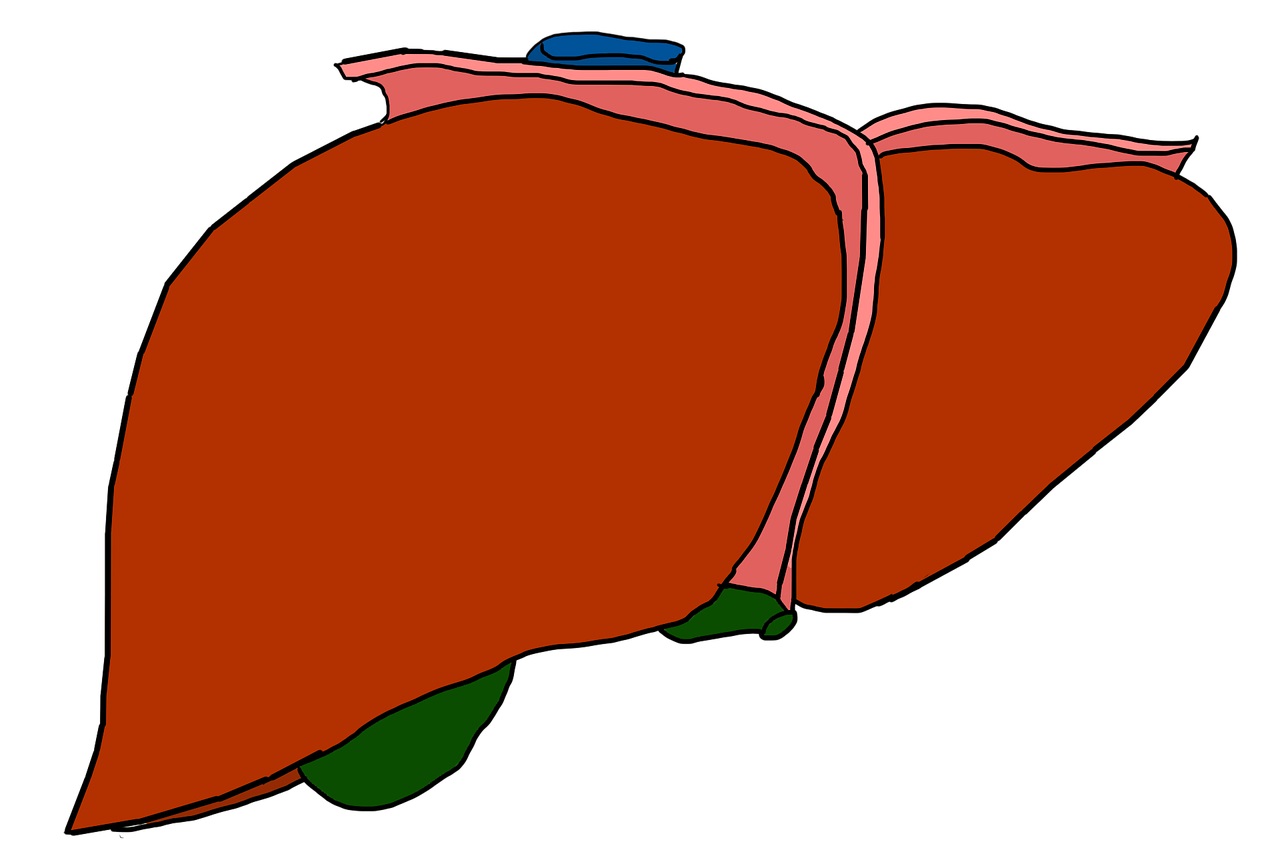Trouble losing weight?
Tired but you don’t know why?
Gas & bloating the first few hours after eating?
Energy swings before and after eating?
Women diagnosed with high blood ferritin without an iron overload?
Diagnosed with thyroid disease or diabetes?
These symptoms may not be due to your thyroid. It may be something besides diabetes or insulin resistance. Or it may be something else in addition to these diagnoses.
It may be due to a change in the tissue of the liver, affecting the way the liver functions.
The health condition to consider is called “Non-Alcoholic Fatty Liver Disease” or NAFLD.
How Common is NAFLD?
This is more prevalent than you would suspect. The reason is partly because it often does not show up on blood tests and needs a liver biopsy to definitively diagnose. And without specific findings or symptoms, there is no reason for a liver biopsy, so it is not found.
It astounding prevalence among people who have normal blood tests came to light when studying people who wished to donate part of their livers. In order to do that, these generous people need to go through a battery of tests, the final one being a liver biopsy. The astounding fact is that about 40% of people with normal blood tests had a diagnosis of NAFLD on their liver biopsy! Otherwise normal people!
Numbers
The symptoms listed above may tip us off that the liver is at the beginning or even later stages of this disease. In addition, some people do have changes on their blood tests. These changes include:
-
- ALT > 18-19 in women, >30 in men
- GGT > 30
- fasting blood glucose > 90
- AM insulin > 10 ML/dL
If you want to get all mathematical, there is a calculation called the “Fatty Liver Index” It is calculated from Body Mass Index, waist circumference, and the blood test values for triglycerides and GGT. According to research, it is an accurate predictor of NAFLD.
With those numbers, you can calculate it here. The result shows:
- negligible risk at a score < 30
- indeterminant risk at a score of 30 – 60
- if the score is > 60, that predicts Fatty Liver Disease, so a biopsy is recommended
What causes Fatty Liver Disease
When you eat to excess, no matter what foods – proteins, carbohydrates, fats, even ketones and alcohol, your body stores the excess as fat. The first place fat is stored is right under the skin. However, there is a limit to the amount that can be stored there, and if there is excess, it is stored around the organs. This is called visceral fat. If there is even more fat produced from excess intake of food, then the body stores it in the liver. This is one way fatty liver is produced.
What makes it worse is that when the fat in the liver reaches a concentration over five percent, then it starts to take more than its fair share of room. That leads to crowding out another stored form of fuel called glycogen. The bad news is that glycogen is needed to break down to burn first in order to ignite the burning of the fat.
When there is more fat in the form of triglycerides than sugar in the form of glycogen, then the liver starts to make ketone bodies out of the fat. The brain and other parts of the body can burn ketones for fuel, but the liver cannot. That leaves the liver unable to burn its fat because the of that upside-down ratio of fat to sugar.
This topsy turvy ratio can come from a ketogenic diet high in fat or too much cholesterol in the diet. For all the benefits of a ketogenic diet on blood sugar, it is damaging to a person with the tendency towards a fatty liver.
This is also true of any high fat diet. The more fat in the diet, the less the body is able to make the specific fat DHA, and the worse on the liver.
Micronutrient deficiencies, perhaps from malabsorption, also drive fatty liver disease. Examples are magnesium, zinc selenium deficiencies.
Liquid fructose such as the high fructose corn syrup found in soft drinks can be a factor in creating fatty liver. However, fructose as found in fruit does not have this effect.
Reversing NAFLD
It stands to reason that if the above practices create a fatty liver, then stopping or correcting them will reverse it. That is true for the most part.
A weight loss diet that results in more loss of fat around the waist is also effective for reversing fatty liver disease.
Dr. Alan Christianson has written a book called The Metabolism Reset Diet which details all the research -based and clinically effective ways to reverse fatty liver disease.
Please comment below if you suspect you have fatty liver disease. What will you do about it?




